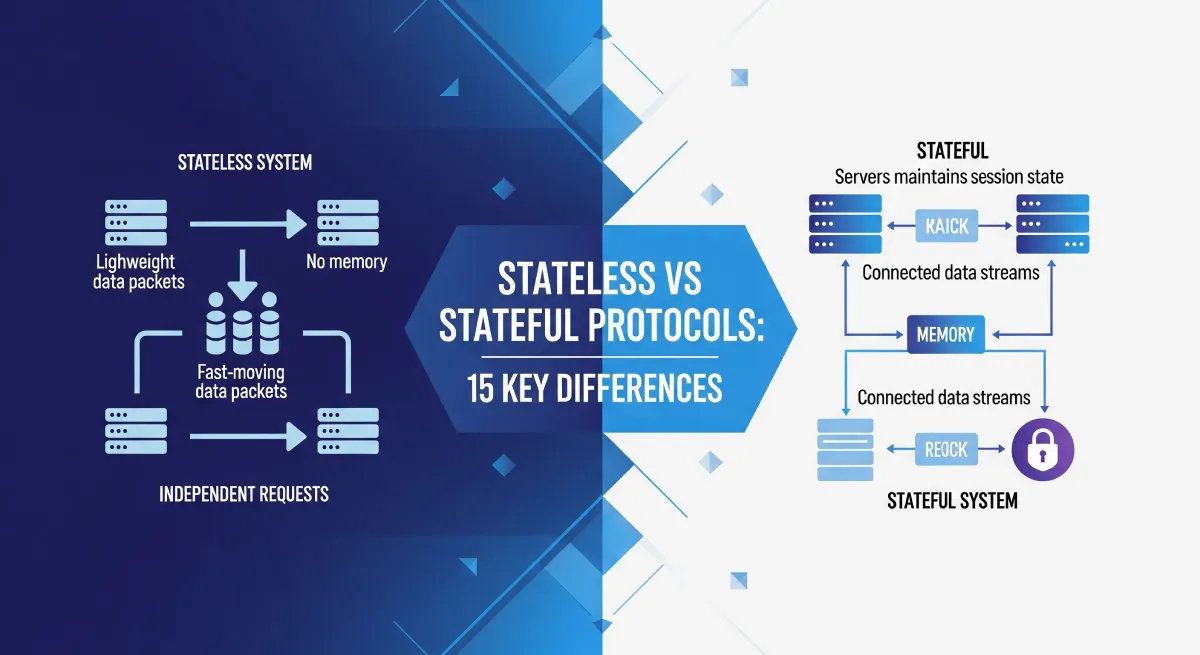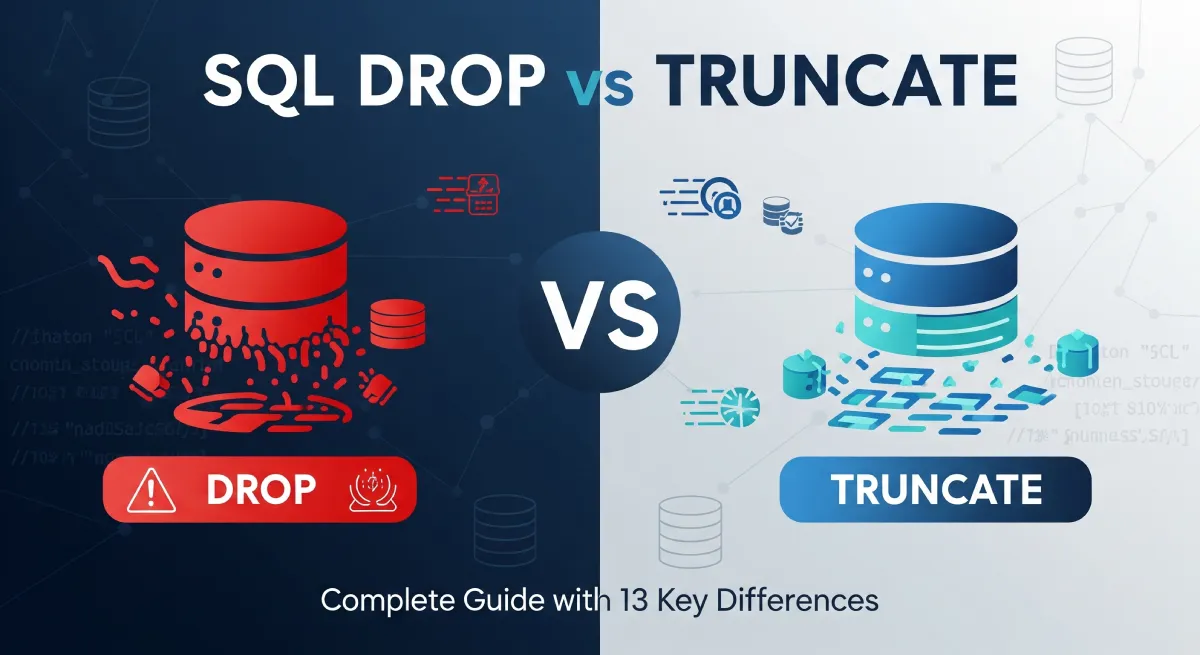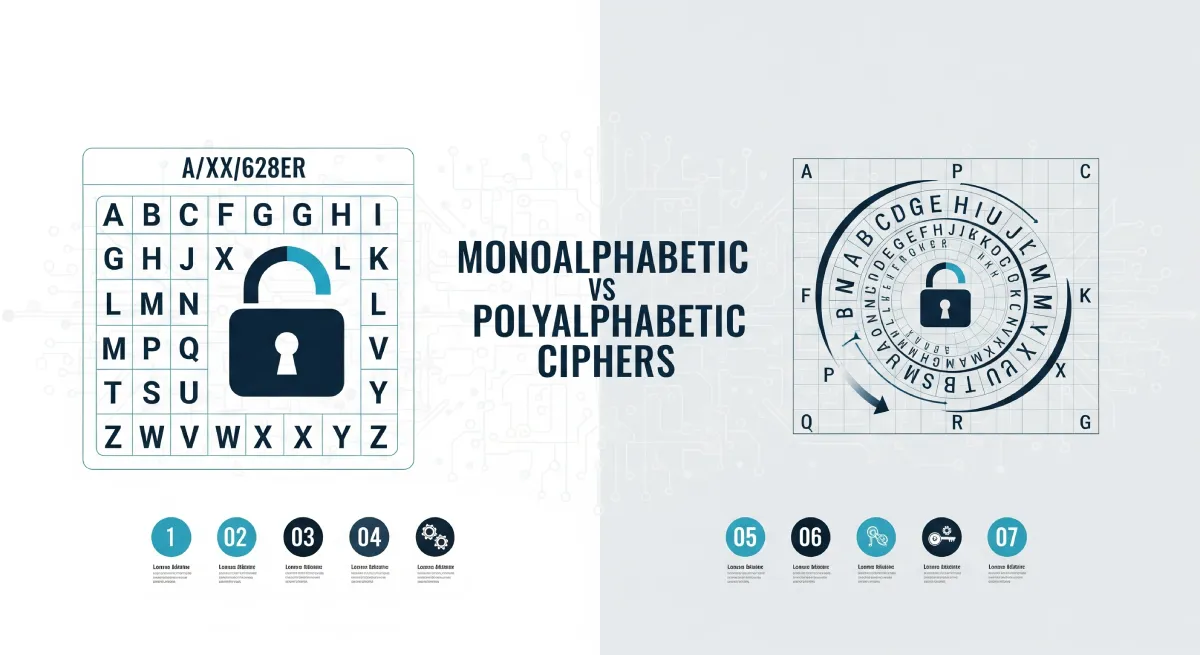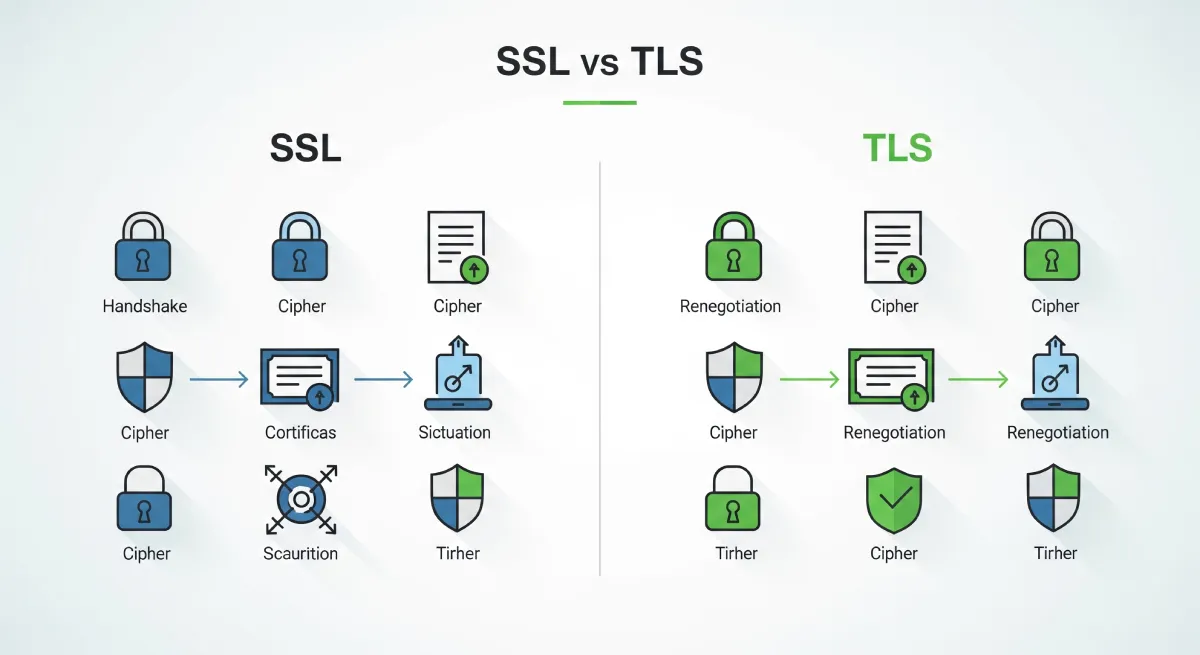FAQs
What is a DFA?
A DFA (Deterministic Finite Automaton) is a theoretical model of computation in which each state has exactly one transition for every possible input symbol. It accepts or rejects a string by processing it in a deterministic manner.
What is an NFA?
An NFA (Nondeterministic Finite Automaton) is a theoretical model of computation where a state can have multiple transitions for the same input symbol. It can also transition to a state without consuming any input symbol, called an epsilon transition.
What are the key characteristics of a DFA?
– Each state has exactly one transition for each input symbol.
– A DFA does not allow epsilon transitions.
– It processes input in a linear, deterministic manner.
– Every string in the language is accepted or rejected deterministically.
What are the key characteristics of an NFA?
– An NFA can have multiple transitions for the same input symbol from a given state.
– It can have epsilon transitions, allowing state transitions without consuming input symbols.
– The processing of input can be done in multiple possible ways simultaneously.
When should you use a DFA?
Use a DFA when you need a deterministic model of computation, where every state transition is known, and you want to ensure that the system always follows a predictable path.
When should you use an NFA?
Use an NFA when you want to represent a more flexible model of computation, where you can explore multiple potential transitions from a given state, and non-deterministic behavior may be acceptable or even beneficial.
How do you convert an NFA to a DFA?
You can convert an NFA to a DFA using the powerset construction method (also known as the subset construction method), where you create a DFA state for every possible combination of NFA states.
What are the advantages of using a DFA?
A DFA is efficient because it has a simple, deterministic structure that allows quick decision-making and processing of input strings. It’s suitable for situations where you need a clear, predictable system of state transitions.
What are the advantages of using an NFA?
An NFA is more flexible and easier to construct compared to a DFA. It is especially useful when you need to express complex patterns or when you’re working with a system where multiple possible transitions are acceptable at each step.
Conclusion
DFA and NFA are both important models in automata theory, with distinct differences in how they handle state transitions. A DFA offers determinism and efficiency, while an NFA provides flexibility and ease of design. Although an NFA is more powerful in its flexibility, you can always convert an NFA into a DFA for deterministic processing. Your choice depends on the problem requirements and whether you prioritize deterministic behavior or modeling complexity.





